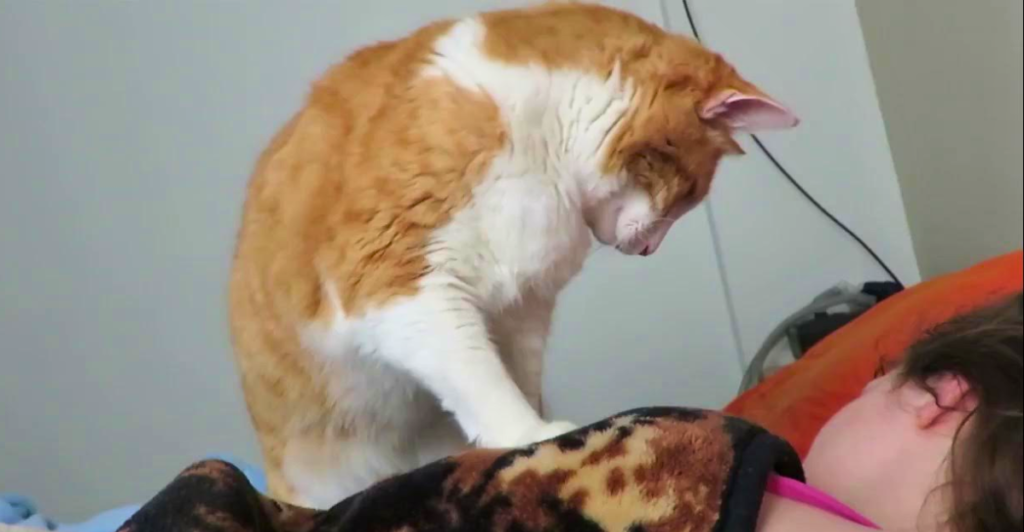
Recognizing when a cat is in pain can be challenging for pet owners. Cats are experts at masking discomfort, which is a survival instinct that helps them avoid appearing vulnerable to predators. However, this trait can make it difficult for owners to notice when something is wrong. Understanding the subtle signs of pain in cats is crucial for ensuring they receive proper care and comfort. Below are seven subtle signs that your cat may be in pain, along with advice on what to do if you suspect your feline friend is suffering.
Why Cats Hide Pain
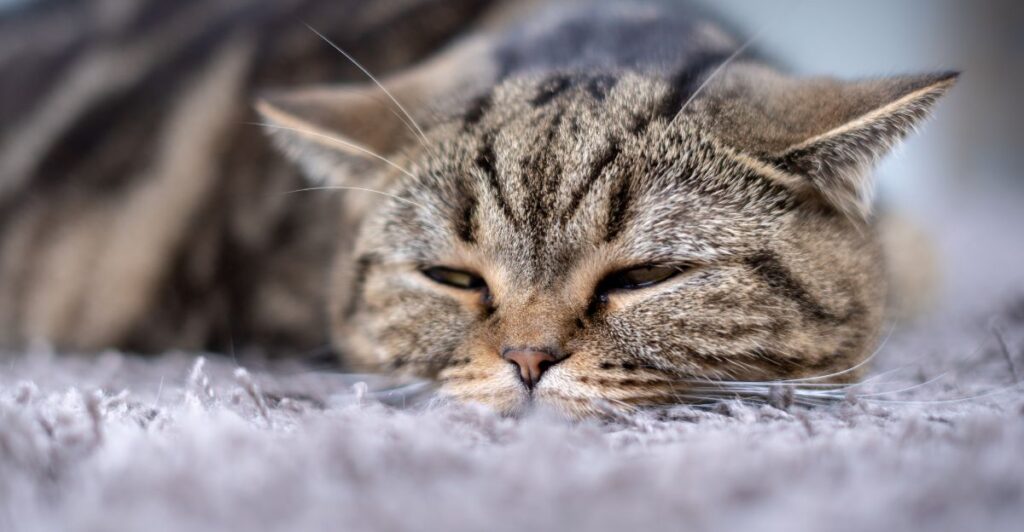
Cats are both predators and prey animals in the wild. This dual role has led them to develop an instinct to hide any signs of weakness, including pain. In their natural environment, showing pain could make them a target for predators or rival cats. Unfortunately, this tendency to conceal discomfort often carries over into their lives as pets, making it harder for owners to detect when something is wrong.
The Role of Behavior in Detecting Pain
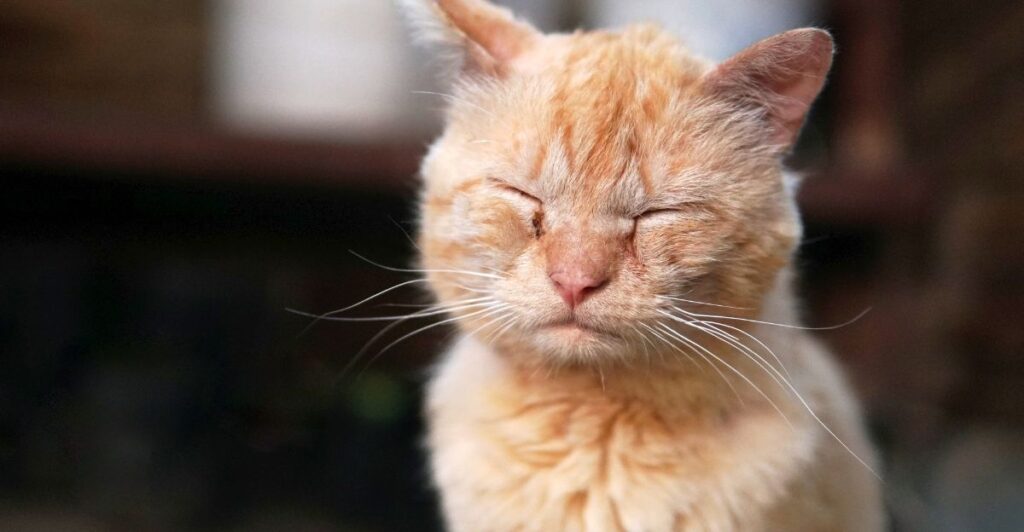
When cats experience pain, their behavior often changes before physical symptoms become apparent. As a cat owner, it’s essential to know your pet’s normal habits, such as their energy levels, appetite, grooming routines, and sleeping patterns. Even subtle deviations from these norms could indicate that your cat is in pain. Remember that age-related changes should not always be attributed to aging itself—pain is often the underlying cause.
1. Grooming Changes
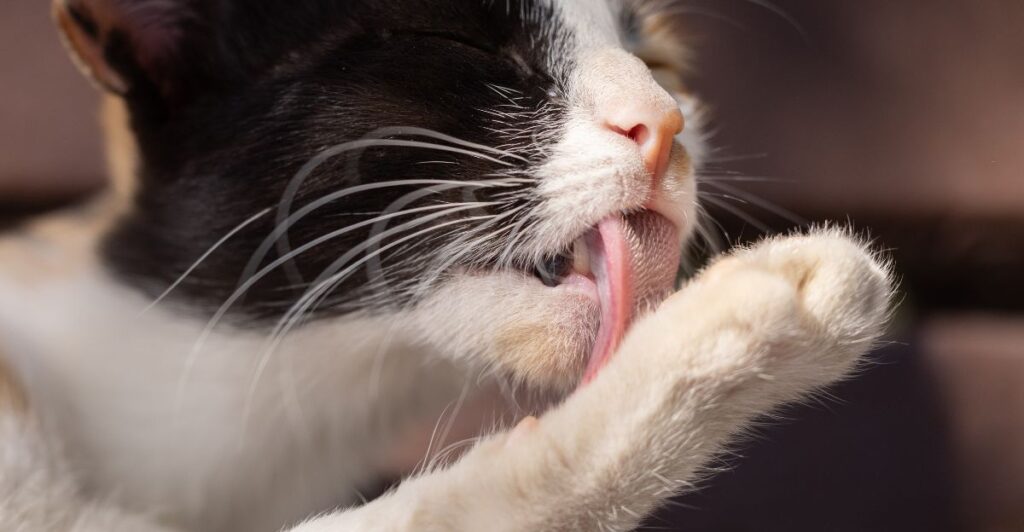
Cats are typically meticulous groomers, so any changes in their grooming habits can be a red flag. If your cat stops grooming altogether or only focuses on certain areas like the face or front of the body, this could indicate pain or discomfort. An unkempt coat or excessive grooming of one spot may signal underlying health issues that need attention.
2. Behavioral Changes

A cat in pain may become more withdrawn and start hiding more frequently. Cats are naturally social creatures that enjoy spending time with their owners, so if your pet stops greeting you at the door, avoids sleeping near you, or seems less engaged overall, it’s worth investigating further.
3. Decreased Activity and Low Energy
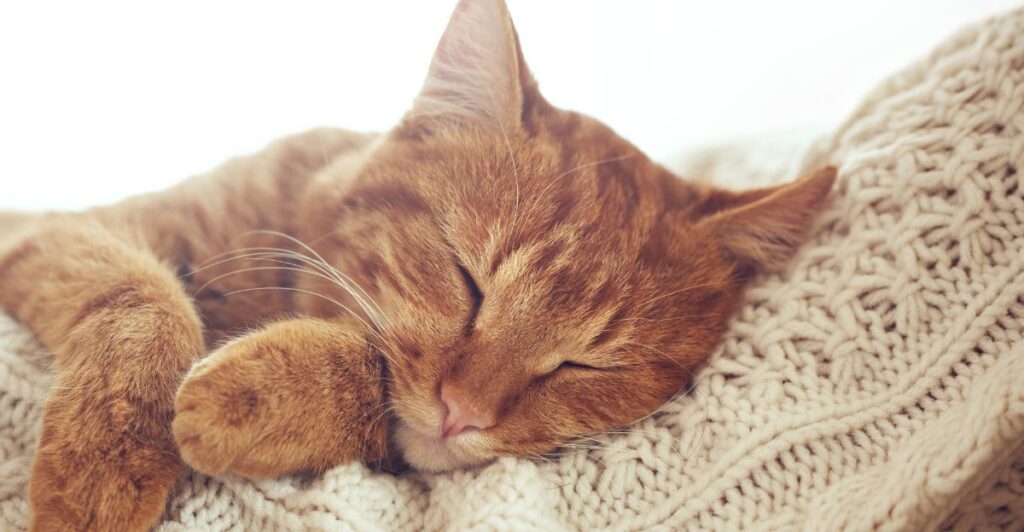
Pain can make it difficult for cats to engage in activities they once enjoyed. You may notice your cat avoiding stairs, hesitating before jumping onto furniture or having trouble getting up after lying down. Restlessness or difficulty finding a comfortable resting position can also indicate discomfort. Additionally, changes in sleeping patterns—such as sleeping more or less than usual—may be a sign of pain.
4. Litter Box Changes
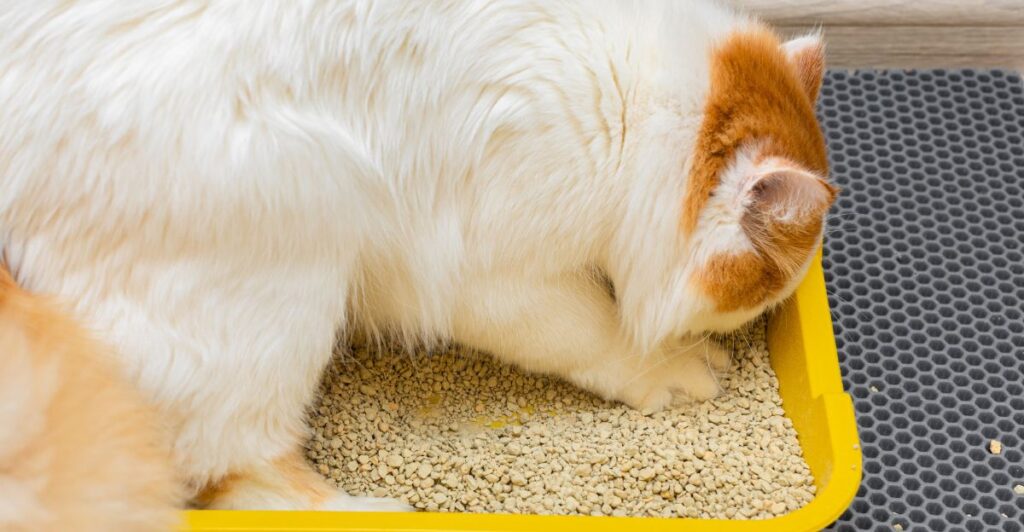
Painful conditions like arthritis or urinary tract issues can make using the litter box difficult for cats. If your cat starts missing the litter box or avoids it altogether, this could be due to the discomfort of climbing into a high-sided box or squatting. Pay close attention to these changes as they often point to medical problems requiring veterinary care.
5. Increased Irritability

Cats experiencing pain may display uncharacteristic aggression or irritability. They might growl, hiss, or swat when approached by people or other pets. They may also resist being held or touched in areas that hurt. This change in temperament is often a clear indicator that something is wrong.
6. Changes in Appetite and Water Intake

A loss of appetite or decreased water intake can signal that your cat is in pain. Eating and drinking may become uncomfortable if your cat has dental issues, gastrointestinal problems, or other painful conditions. Sudden changes in these habits should always prompt a visit to the veterinarian.
7. Altered Posture
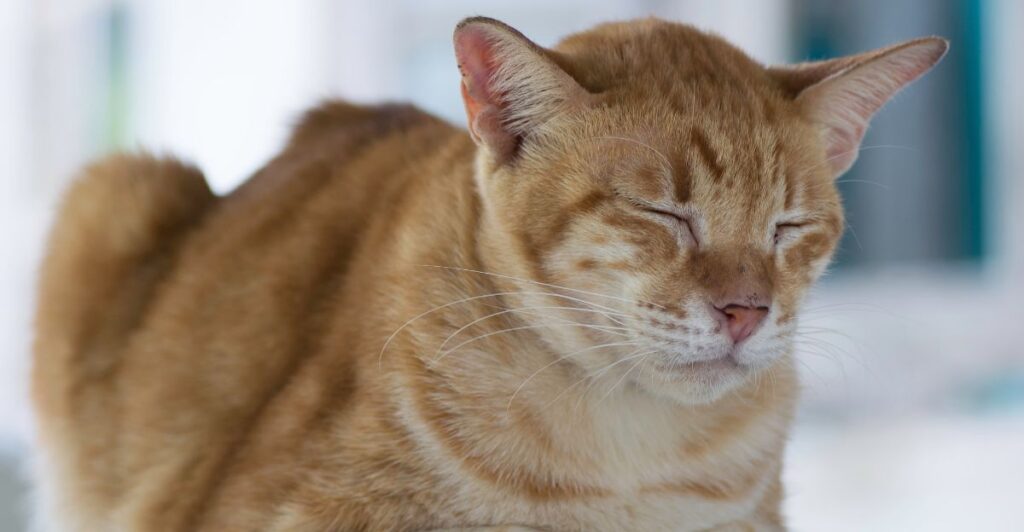
Pay attention to how your cat sits or lies down. Cats in pain often adopt a hunched posture with their back arched higher than normal and their head lowered. They may also keep their legs tucked underneath them instead of stretching out comfortably. Difficulty engaging in scratching behaviors can also indicate discomfort.
The Importance of Early Detection
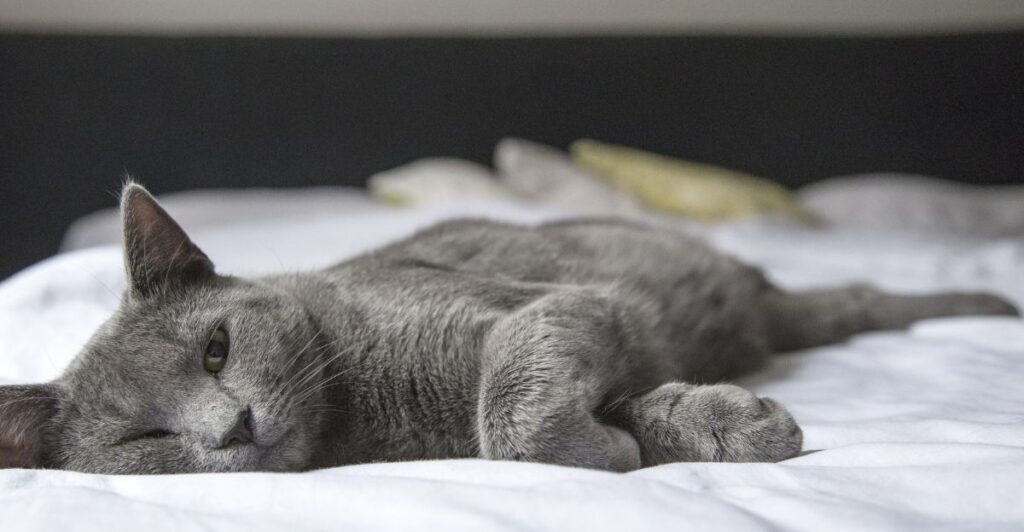
Since cats are skilled at hiding their pain, early detection is critical to preventing more severe health issues down the line. Subtle behavioral changes should never be ignored and should prompt closer observation and consultation with a veterinarian if necessary. If you suspect your cat is in pain, never administer over-the-counter medications designed for humans or dogs without consulting a veterinarian first. Cats metabolize drugs differently from other species, and many common medications can be toxic—even fatal—for them.
Seeking Veterinary Care
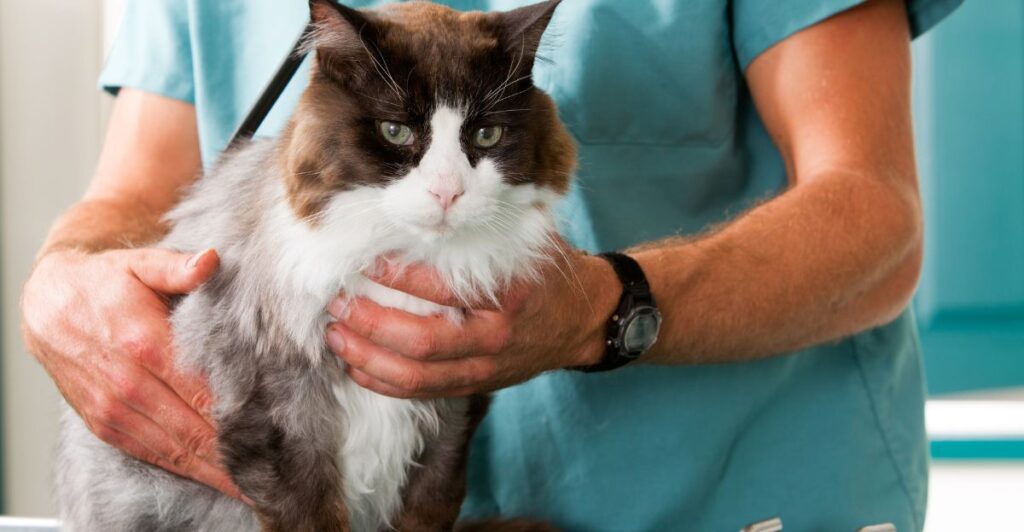
If you notice any of these signs of pain in your cat, schedule an appointment with your veterinarian as soon as possible. A professional evaluation will help identify the cause of your cat’s discomfort and determine an appropriate treatment plan tailored to their needs.
Catching Potential Issues Early
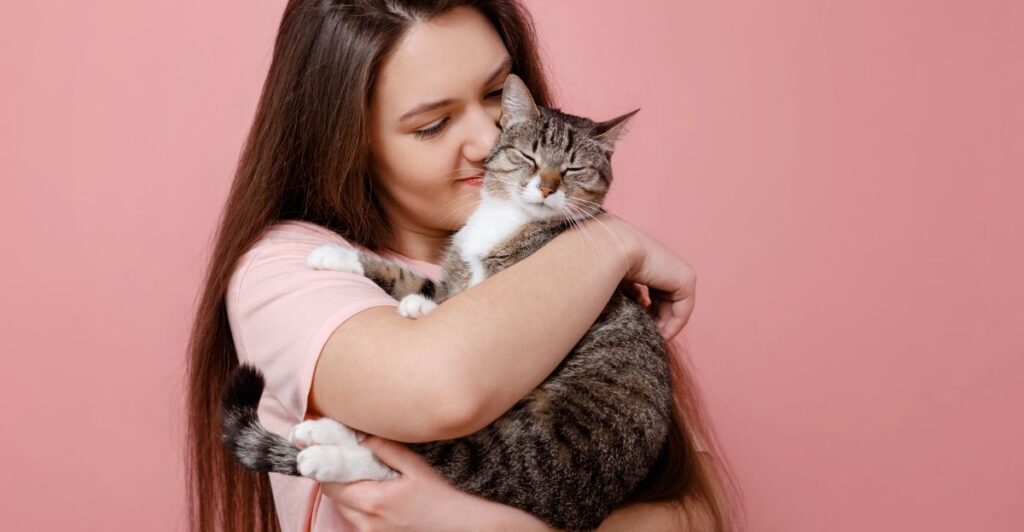
Your feline companion relies on you to recognize when something isn’t right. By staying attuned to subtle signs like grooming changes, altered behavior, and shifts in activity levels, you can catch potential issues early and ensure your cat receives the care they need. Always consult with a veterinarian if you have concerns about your pet’s health—your attentiveness could make all the difference in improving their quality of life!
Discover more of our trending stories and follow us to keep them appearing in your feed

13 Most Dangerous Animals in America
The Short List of States Where Keeping a Squirrel as a Pet Is Legal
The War on Cows Is Over—And Green Extremists Have Lost
Climate Change Overestimated? New Data Shows Oceans Are Cooling The Planet Faster Than Predicted
References:
Reference 1
Reference 2
This article first appeared here
Stay connected with us for more stories like this! Follow us to get the latest updates or hit the Follow button at the top of this article, and let us know what you think by leaving your feedback below. We’d love to hear from you!







